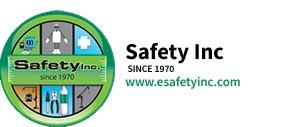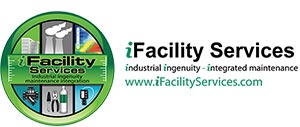Cooling and Refrigeration with Ammonia
Refrigeration is a widely used process of temperature control required in industry, transportation, and private life. A variety of refrigerants have been developed in the past including Freon, Propane and Ammonia to name a few. With wide global usage, refrigerants should be as harmless as possible so be less impactful to the environment, and for many years CFCs and HCFCs appeared to be ideal substances, until it was found that they damaged the atmosphere’s ozone layer, thus inspiring the search for less harmful surrogates. With its high efficiency, Ammonia was found to be a refrigerant suitable for mid-size and larger systems. Governments have since established standards for applications to ensure the safety of both workers and the environments where refrigerants are used.
Segments
- Food and beverage production, processing and storage, freezing tunnels, slaughterhouse
- Refrigerated vehicles, trains, ships, LNG/LPG vessels
- HVAC in domestic and public buildings
- Chemical industry, reliquifaction plants also on ships
- Sport and ice-arenas and rinks
- Laboratories, institutions, and hospitals
Characteristics of Ammonia as a Refrigerant
Ammonia has been employed successfully in industrial refrigeration plants for over a hundred years. A colorless gas that liquefies under pressure, it has a pungent odor. There is no ozone depletion potential (ODP = 0) for Ammonia, and no direct global warming potential (GWP = 0). With both the benefit of being highly energy efficient, it also creates a low indirect global warming impact. Ammonia is flammable and toxic to skin and mucous membranes when highly pressurized, however the ignition energy is 50 times higher than that of natural gas and ammonia will not burn without a supporting flame. With a high affinity of ammonia towards (air) humidity its rating is “hardly flammable”. Ammonia is toxic, but has a characteristic, sharp smell which makes a warning below concentrations of 3 mg/m³ in air possible, evident at levels far below those which endanger health. In addition, ammonia is lighter than air and rises quickly.
Fields of application
- Personnel protection, workplace monitoring for plant workers and visitors in buildings where portable and fixed instrumentation are used
- Compressor, machinery room and ammonia tank leak detection. Machinery rooms house refrigeration systems containing compressor, valves, pumps surge tanks and many joints that are prone to leaks.
- Cold storage room leak detection and tainting protection. Even tiny Ammonia leaks of small concentration can damage stored goods, taint food or other refrigerants, and cause corrosion
Solutions from Draeger
Ammonia can be detected with our electrochemical sensors for low and high concentrations in respective transmitters for stationary installations.
Draeger sensors:
Electrochemical for ammonia detection in the ppm range
Catalytic for ammonia detection in the % lel range
Transmitter with Ex-approval:
Transmitter without Ex-approval:
Ex-Transmitters with catalytic/palliators for monitoring % LEL:
Key Features
Superior electrochemical sensors and fine measurement performance • fast response and stabile signals • low drift and long expected life time • extended temperature range between – 40°C to + 65°C • unique electrochemical Ammonia sensor, range up to 1000 ppm • long living poison resistant combustible sensor for NH3 • approved for ships



